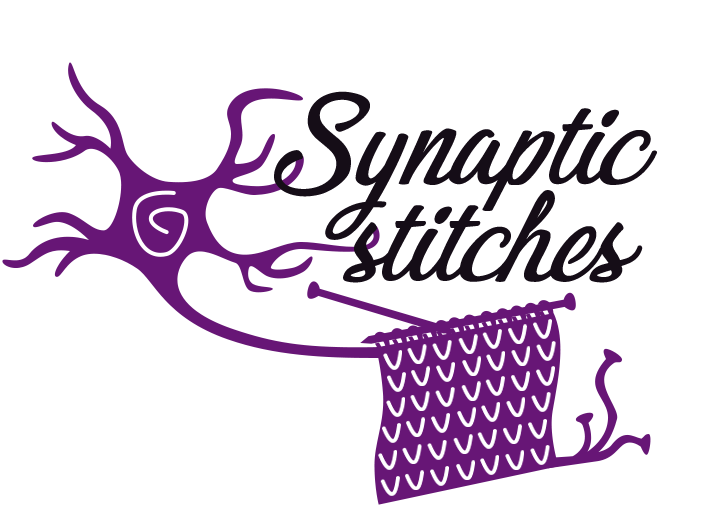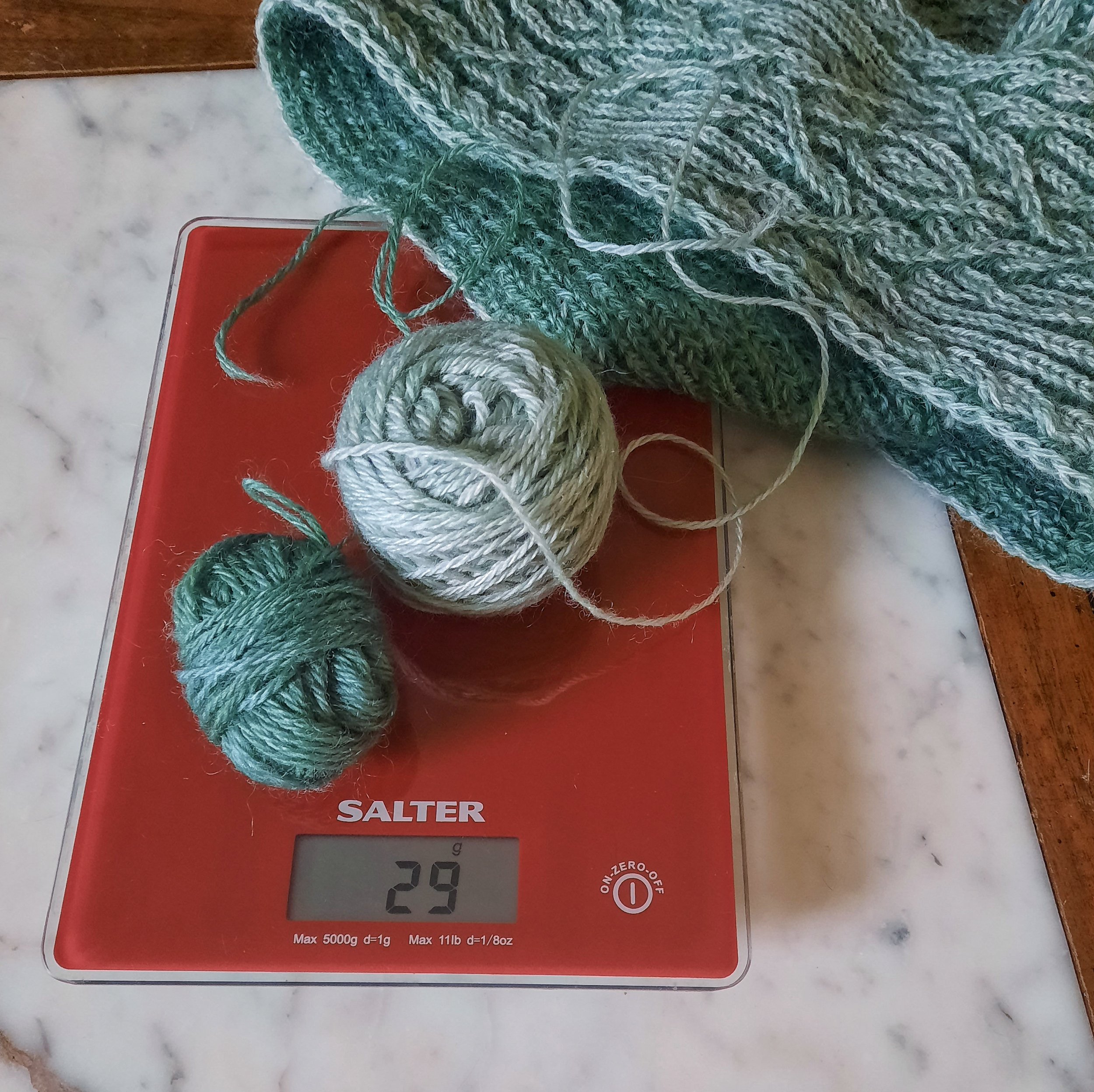Fearless Mathing
Neither knitting nor math need to be scary.
If you've been following me for a bit you know that the idea of fearless knitting is near and dear to my heart. While many of us have been told that certain techniques are hard, too advanced, or just scary, there is no reason we have to be afraid of our craft! You can knit any project that inspires you, you just need a bit of patience and maybe some resources to help you learn. The same thing is true for math. Many of us believe that as creative brained people, or women, we are inherently bad at math, and there is no reason for that to be true. You do not to be afraid of math and a bit of quick knitting math can take a lot of the guess work out of a project and make your knitting life much smoother.
Knitting math is not just for designers!
You may hear the idea of doing knitting math and think, I'm not planning to design my own projects, so I can leave the math to someone else. While designing does use a lot of math, there are still things that every knitter can benefit from that don't involve creating or modifying patterns.
Do you own a food scale?
A food scale is a super helpful tool for being able to understand your use of yarn. If you look at the ball band on any skein of yarn you buy, typically you will find the length of the skein in yards or meters, and the weight of the skein in grams or ounces. Combining that information with with knowing the weight of your yarn allows you do do lots of helpful calculations. If your scale can weigh in both ounces and grams, I recommend setting it to use grams. While this measurement may be less familiar to those of us in the US, grams are a much smaller measurement than ounces and thus can give a more accurate estimate of your yarn. You can always convert back to ounces if needed (simply google "X grams in ounces" where X is the amount you weighed and it will do the conversion for you). Consider weighing your yarn before you start and recording the weight of each skein. You will discover that there is some variability and they are not all exactly 100g. Having a record of the starting weight of your yarn can help you keep track of how much you've used, especially when working with multiple colors.
Can I add another pattern repeat?
If you are using a special yarn you love and want to be sure to have as little as possible leftover when you finish your project, or if you just want to be able to make your accessory extra large and cozy, it is helpful to be able to know if you will have enough yarn to complete another pattern repeat. First, weigh your in progress project. It is fine to include the weight of the needles since they are light and won't add much, and will add a bit of a buffer to help make sure you really do have enough yarn. Next, divide that weight by the number of repeats of your pattern you have already knit. This tells you the g/repeat. Finally, weigh the yarn that you have left. If your remaining yarn weighs more than your g/repeat, then you can make your project bigger. If not, it is time to start thinking about your bind off.
Will I need to play yarn chicken?
We all knot how frustrating it is to get to the end of a project and run out of yarn half way through the last row. Fortunately you can avoid games of yarn chicken by doing a quick check when you first notice that you are getting low on remaining yarn. Before starting a row, weigh your ball of yarn and record the weight. Next, knit a row or two (the more you knit, the more accurate this estimate will be), then weigh your ball of yarn again. Subtract your post knitting yarn weight from your pre knitting yarn weight to get the total weight of yarn used. Then, divide that weight by the number of rows you knit to get the weight of yarn needed per row. Now look at your pattern and count how many rows you have left to knit and multiply that number by your g/row to determine how much yarn you will need to finish the pattern as written. If that number is less than the weight of your remaining yarn, then you are good to continue knitting without worrying about running out of yarn.
*Remember that if you are working on a project like a shawl where the number of stitches per row increases every row, this math will give you a slight underestimate of how much yarn you need, so leave yourself a few extra grams to be sure you have enough.
Do I have enough yarn left to make another/how many yards do I have left?
You've finished your project and you have a partially used ball of yarn leftover. I'm sure we all have tons of these in our stash (I know I do!), but it can be hard to know what they can be used for. The easiest check is if you loved knitting your first project in the yarn and you want to know if you have enough left to make another one. Simply weigh your finished project, then weigh your remaining yarn. If you have more yarn left than used in the first project, then you are good to start again.
You can also calculate how many yards of yarn you have left in order to figure out what other projects you might be able to use it for. To do this, you will need the information off of your ball band. Find the number of yards in the skein and divide that by the number of grams in the skein (this is also called grist). Then multiply this by the number of grams of yarn you have left to determine how many yards you have left.
There are plenty of other simple math tricks that you can use to make your knitting easier. What do you use math for in your knitting? Do you have questions about how to do other knitting math? Send me an email at Jenn@synapticstitches.com and let me know!


